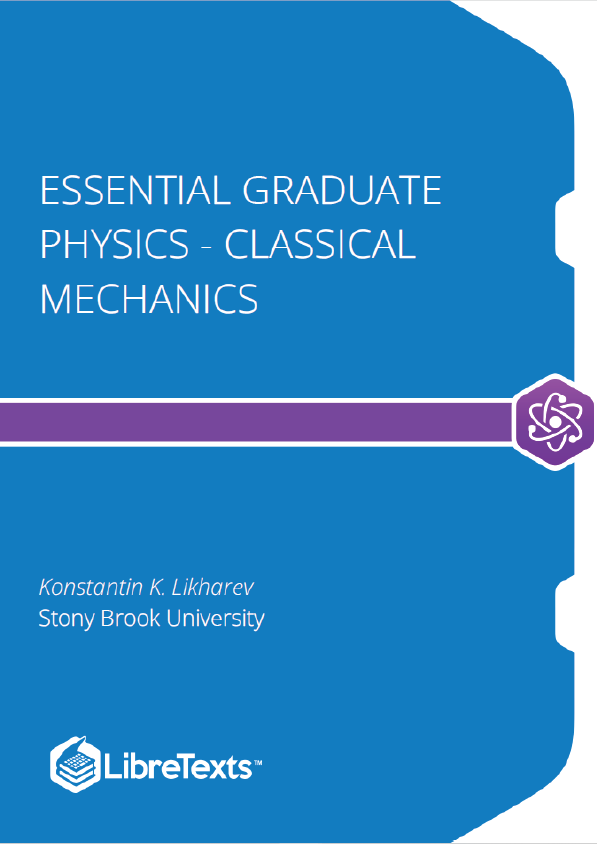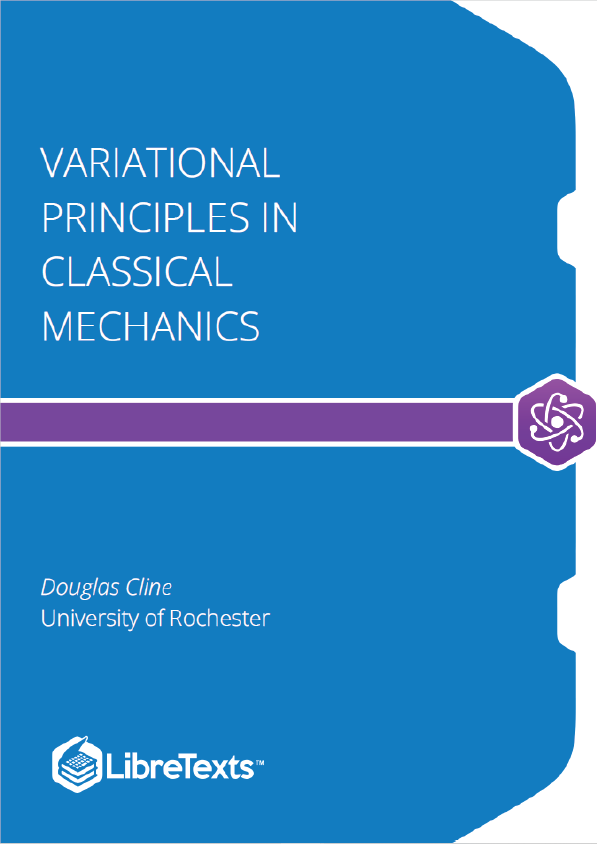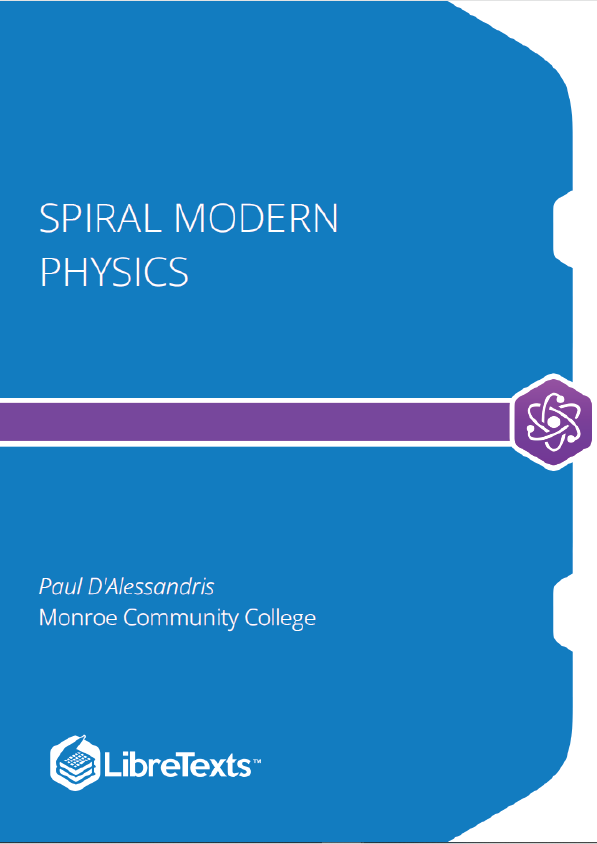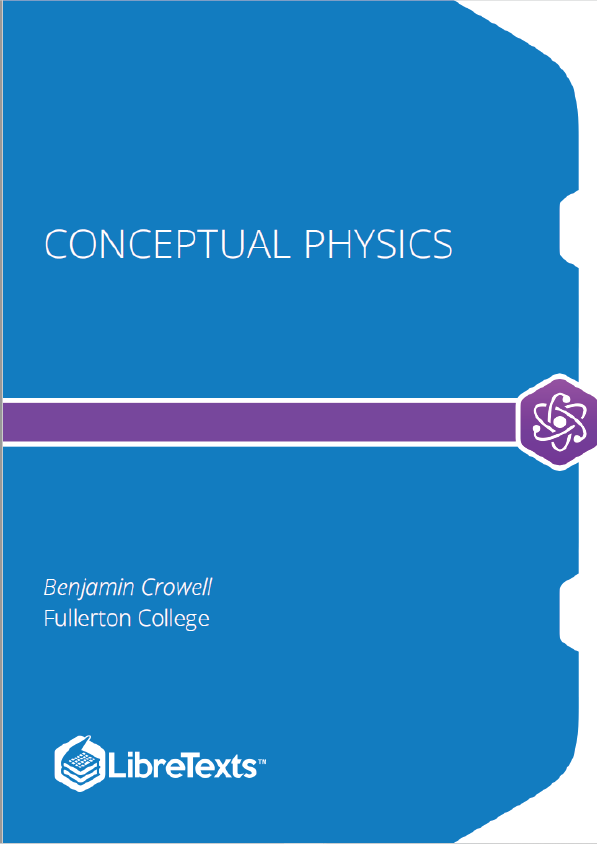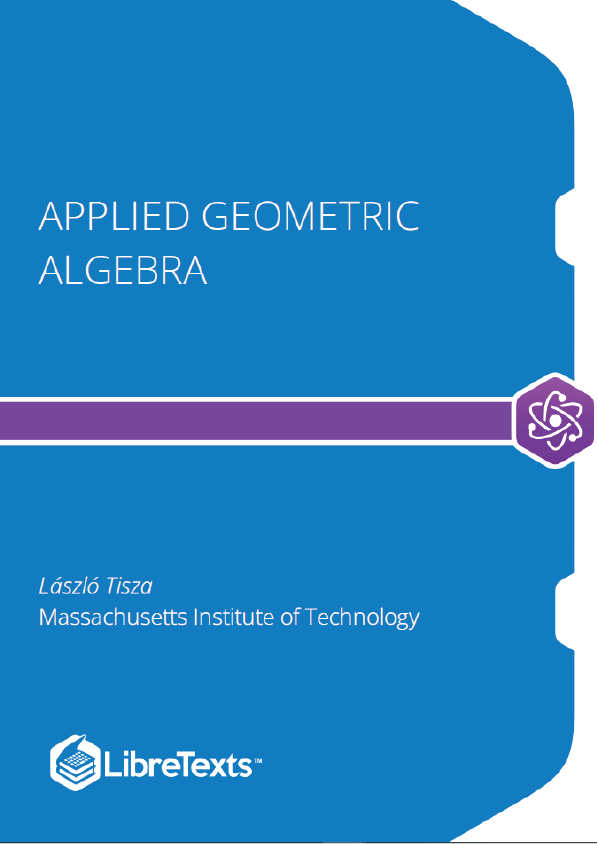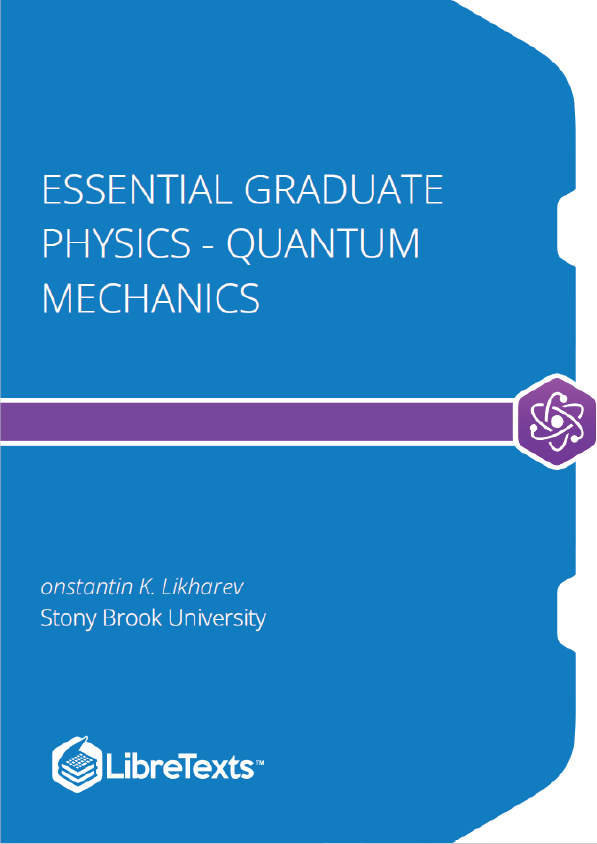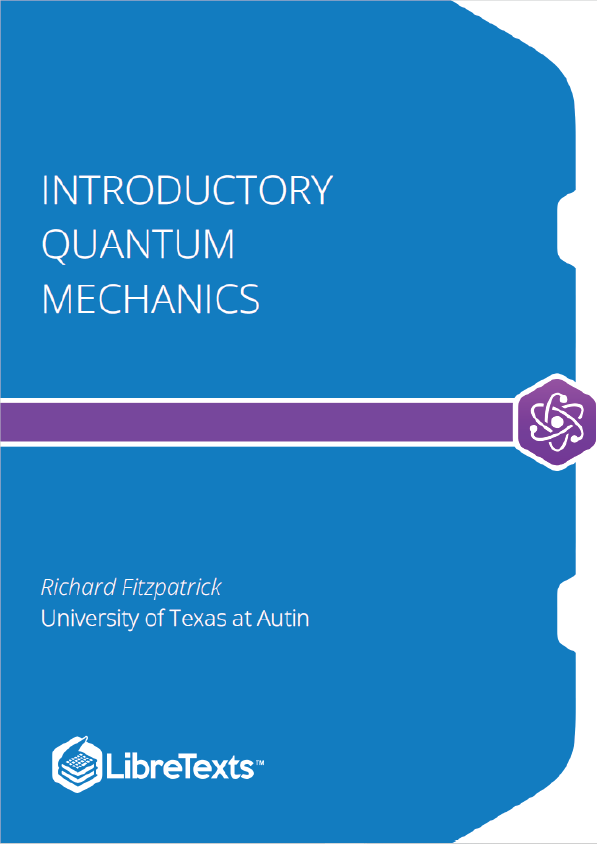Electric Charge Interaction; Charges and Conductors; Polarization of Dielectrics; DC Currents; Magnetism; Time-Dependent Electromagnetism; Electromagnetic Wave Propagation; Radiation, Scattering, Interference, and Diffraction; Special Relativity; Radiation by Relativistic Charges.
Review of Fundamentals
After elaborating a bit on the title and contents of the course, this short introductory chapter reviews the basic notions and facts of the non-relativistic classical mechanics, that are supposed to be known to the readers from undergraduate studies. Due to this reason, the discussion is very brief.
A more fair title of this course would be Classical Mechanics and Dynamics, because the notions of mechanics and dynamics, though much intertwined, are still somewhat different. The term mechanics, in its narrow sense, means deriving the equations of motion of point-like particles and their systems (including solids and fluids), solution of these equations, and interpretation of the results. Dynamics is a more ambiguous term; it may mean, in particular:
(i) the part of physics that deals with motion (in contrast to statics);
(ii) the part of physics that deals with reasons for motion (in contrast to kinematics);
(iii) the part of mechanics that focuses on its two last tasks, i.e. the solution of the equations of motion and discussion of the results.
Because of this ambiguity, after some hesitation, I have opted to use the traditional name Classical Mechanics, implying its broader meaning that includes (similarly to Quantum Mechanics and Statistical Mechanics) studies of dynamics of some non-mechanical systems as well.
The reader is advised to perform (perhaps after reading this chapter as a reminder) a self-check by solving a few problems of the dozen listed in Sec. 1.6. If the results are not satisfactory, it may make sense to start from some remedial reading. For that, I could recommend, for example (in the alphabetical order):
- G. Fowles and G. Cassiday, Analytical Mechanics, ed., Brooks Cole, 2004;
- J. Marion and S. Thornton, Classical Dynamics of Particles and Systems, ed., Saunders, 2003;
- K. Symon, Mechanics, ed., Addison-Wesley,
The reader may have noticed that the last definition of dynamics is suspiciously close to the part of mathematics devoted to the differential equation analysis; what is the difference? An important bit of philosophy: physics may be defined as an art (and a bit of science 🙂 of describing Mother Nature by mathematical means; hence in many cases the approaches of a mathematician and a physicist to a problem are very similar. The main difference between them is that physicists try to express the results of their analyses in terms of properties of the systems under study, rather than the functions describing them, and as a result develop a sort of intuition (“gut feeling”) about how other similar systems may behave, even if their exact equations of motion are somewhat different – or not known at all. The intuition so developed has an enormous heuristic power, and most discoveries in physics have been made through gut-feeling-based insights rather than by just plugging one formula into another one.
